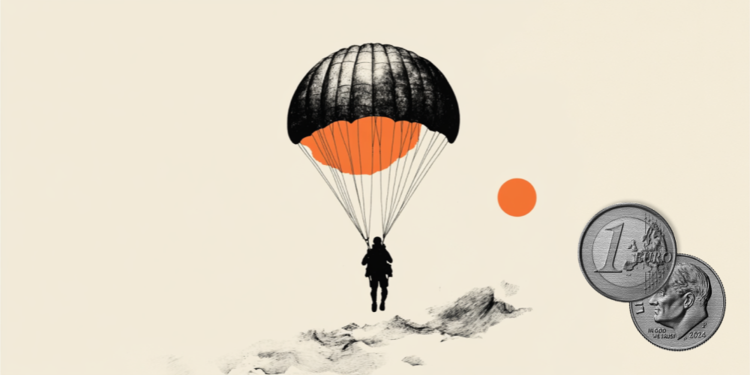Although most of the mammals stands out for having a upright posture including humans, our earliest ancestors looked more like reptiles, with their bodies horizontal and their limbs sticking out to the sides.
A new study published this week at Science Advances detailed the evolutionary process that caused mammals to stop walking with their bellies glued to the ground and become upright animals. The researchers found that this transition occurred in a complex and non-linear way, much later than previously believed.
The researchers analyzed current species and fossils of extinct species to understand how each animal moved and how its limbs worked.
The results showed that locomotor performance often increased (with more upright animals) and then fell again (with animals with a more horizontal posture) over millions of years instead of progressing linearly – which can be explained in part by external events, such as, for example, the dominance of dinosaurs, which meant that mammals at the time had to hide more.
Furthermore, some extinct species of mammals also seemed to find themselves “halfway” between the two postures – like modern alligators and crocodiles, for example. The study shows how upright posture in mammals occurred much later than previously thought.

“Using these new techniques with ancient fossils allows us to get a better perspective on how these animals evolved, and that it wasn’t just a simple, linear evolutionary story,” said Professor Stephanie Pierce of Harvard University’s department of evolutionary biology. “It was really complicated and these animals were probably living and moving in their environments in ways that we hadn’t appreciated before. There was a lot going on and today’s mammals are really very special.”
Scientists discover community of animals hidden under the sea
This content was originally published in Study indicates that the evolution of the upright posture of mammals happened late on the CNN Brasil website.
Source: CNN Brasil
Charles Grill is a tech-savvy writer with over 3 years of experience in the field. He writes on a variety of technology-related topics and has a strong focus on the latest advancements in the industry. He is connected with several online news websites and is currently contributing to a technology-focused platform.







